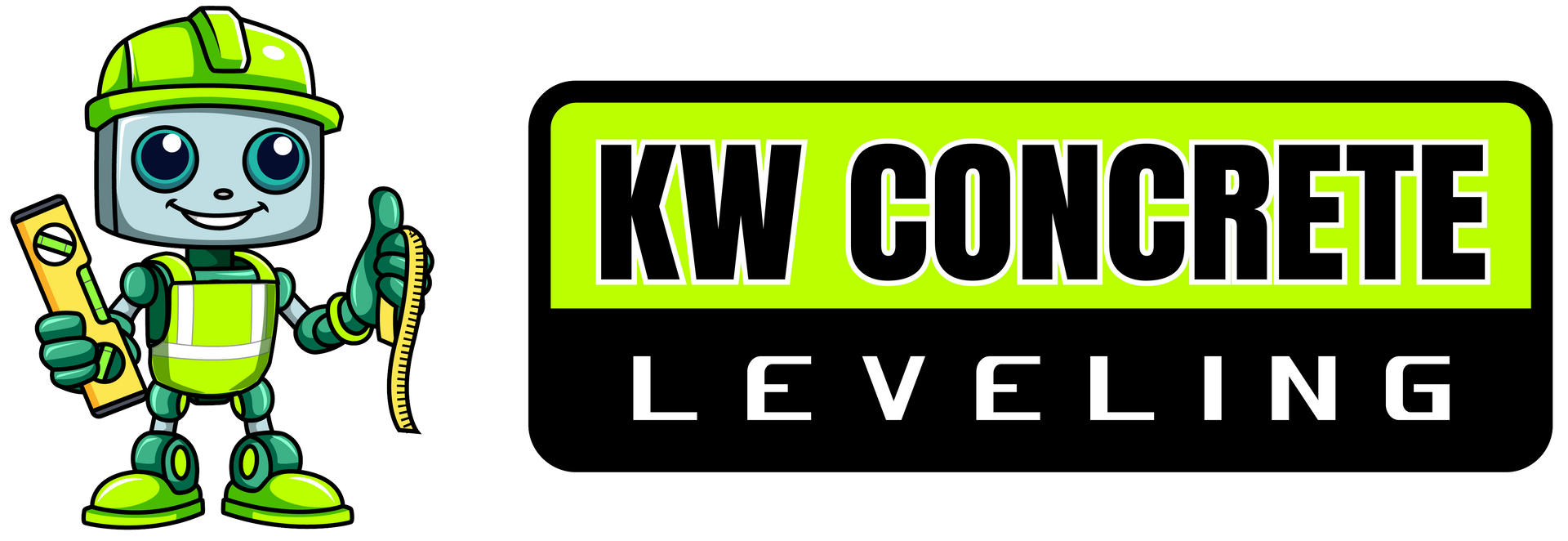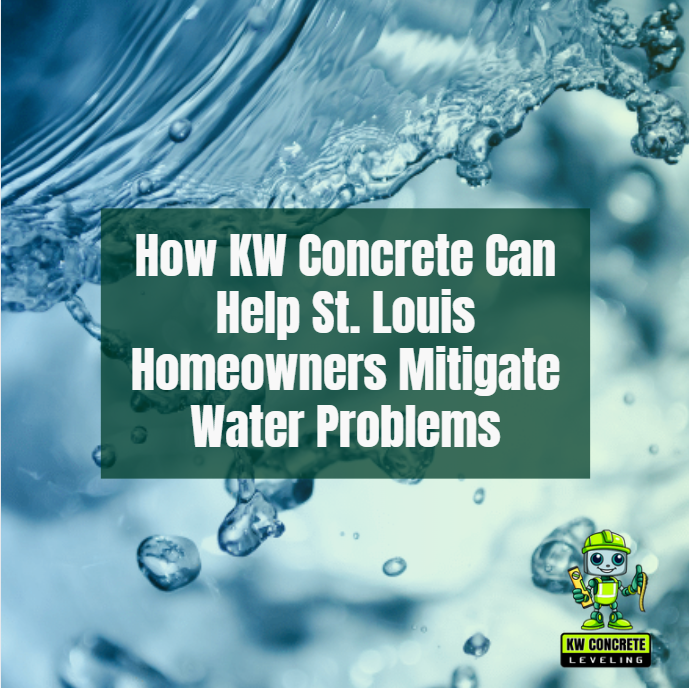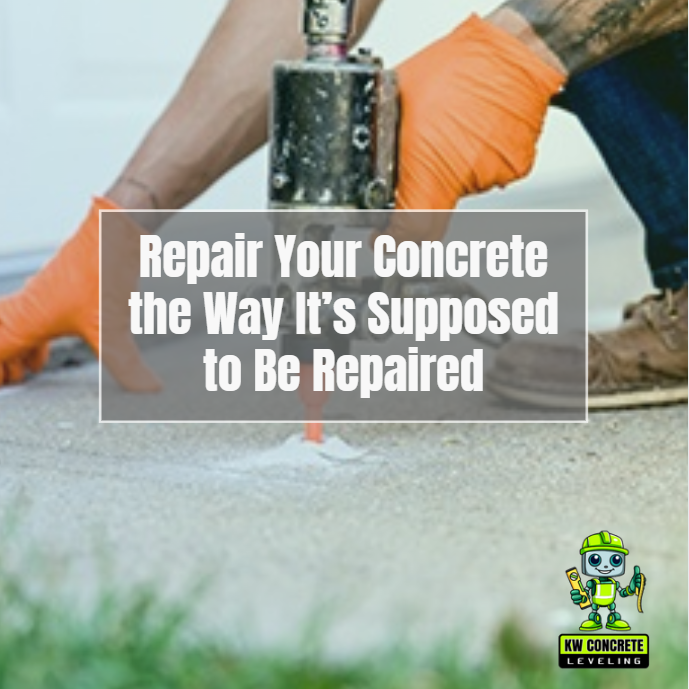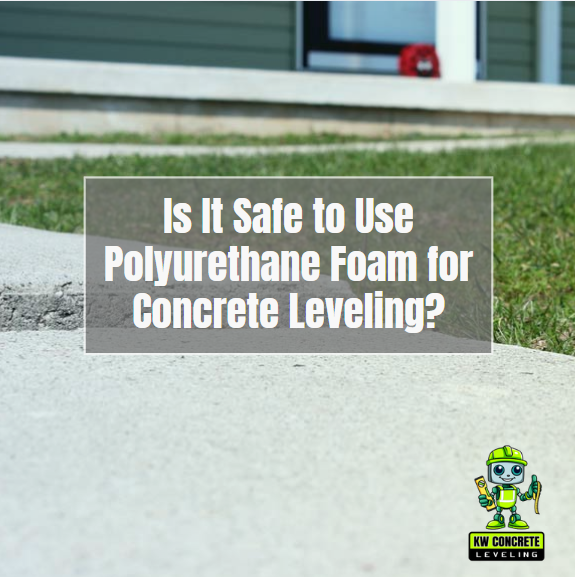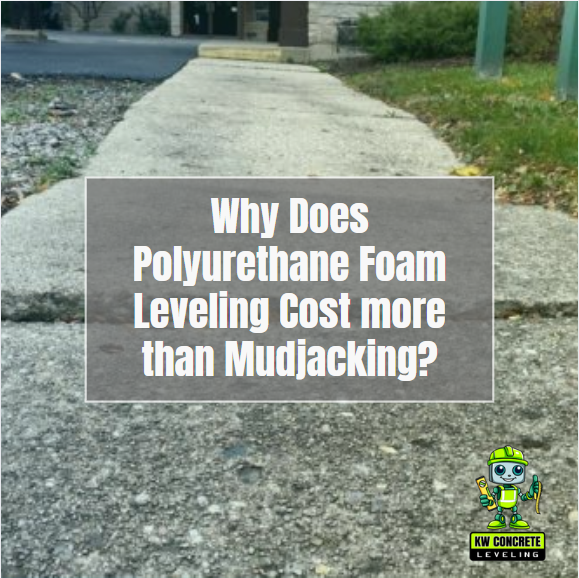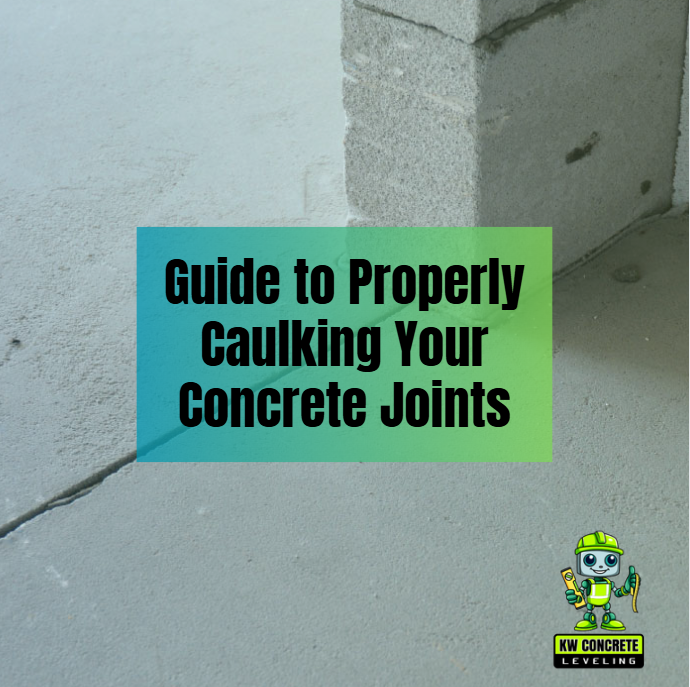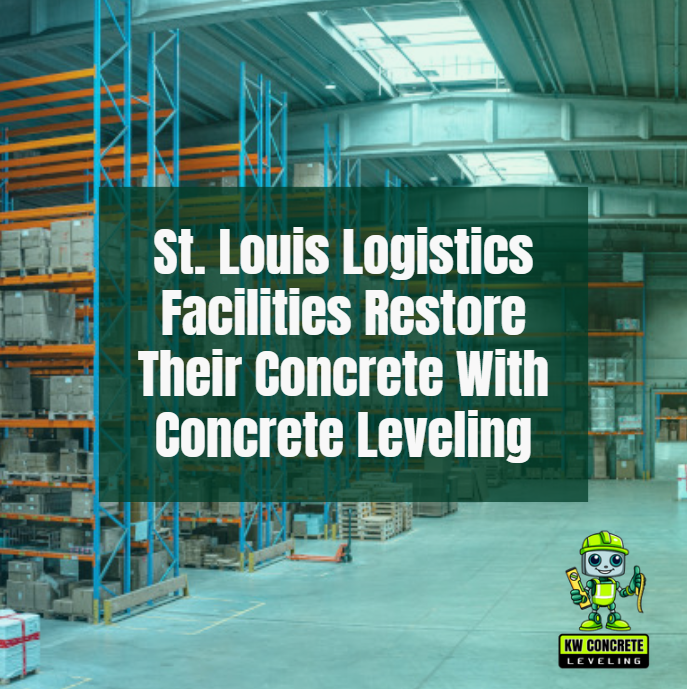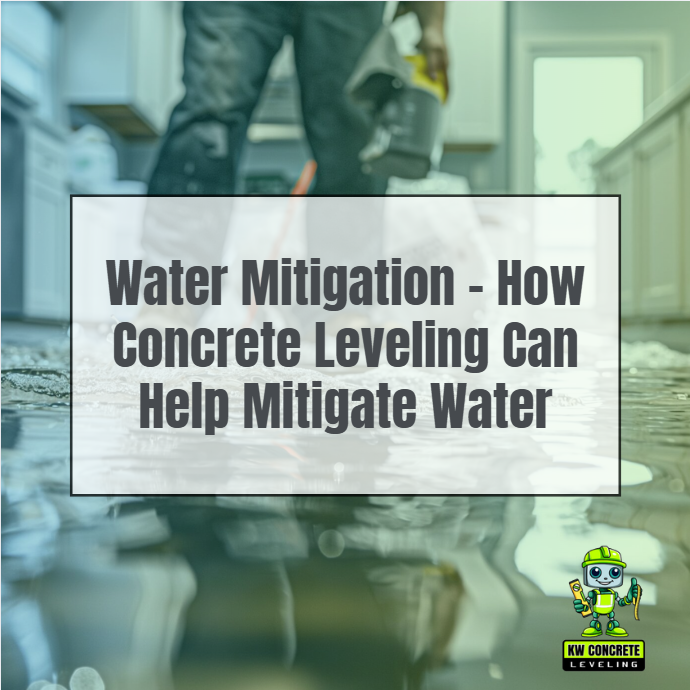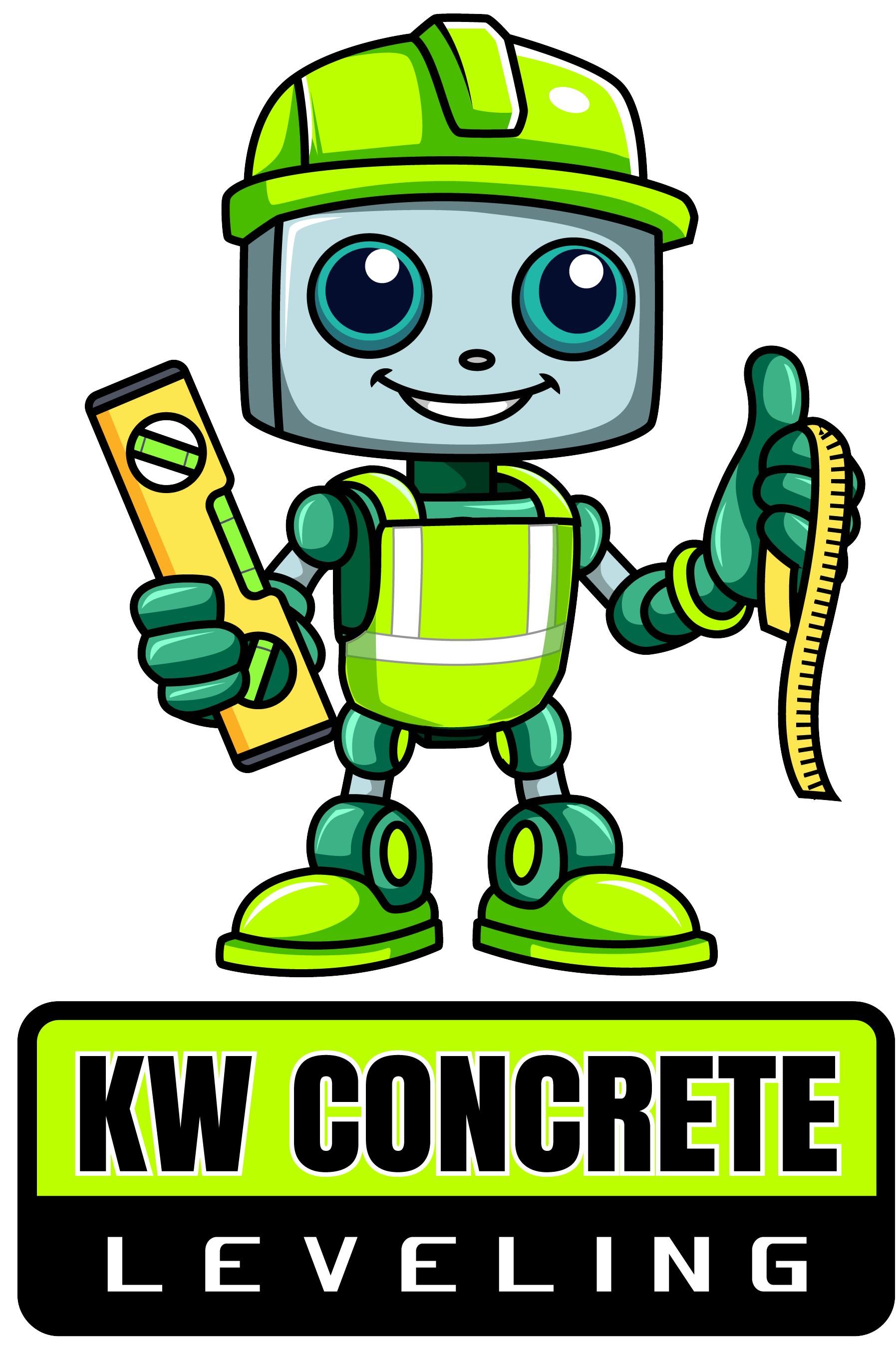Phone:
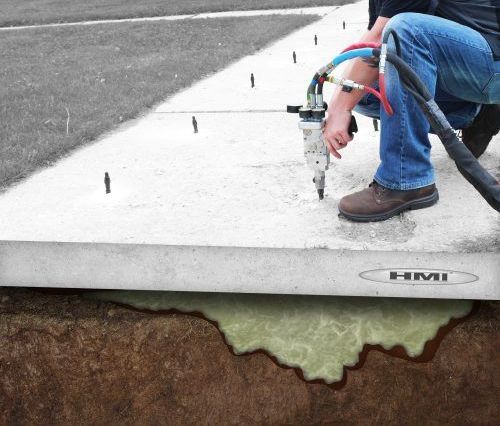
Homeowners, contractors and business owners alike are turning to polyurethane foam concrete leveling for the repair of uneven concrete surfaces. But is this modern method really environmentally friendly?
This blog looks at polyurethane foam concrete leveling, the way it works, how its environmental advantages work and how it compares to traditional concrete replacement. Some common questions, like do rodents damage it, and frequently asked questions will also be addressed so you can make an informed decision.
What is Polyurethane Foam Concrete Leveling?
Polyurethane foam concrete leveling, also called foam jacking or polyjacking, is a method of raising and leveling sunken concrete slabs. This involves injecting an expanding polyurethane foam beneath the concrete to raise the slab back as much as the original position. The foam fills in any gaps or voids beneath the surface.
It is a faster, less invasive and less expensive alternative to traditional concrete replacement or mudjacking. Whereas mudjacking makes use of a slurry of sand, cement and water, polyurethane foam is lighter and less prone to shift.
The increasing demand for this technique raises questions regarding its environmental impact which are discussed below.
Is the Use of Polyurethane Foam for Lifting Concrete Environmentally Friendly?
An eco-friendly option for concrete leveling is polyurethane foam. While the foam itself is a synthetic material, the overall environmental impact is often less than that of traditional mudjacking or concrete replacement.
Reduced Waste:
The old, broken slab must be removed and disposed of in order to install concrete replacement. This process generates significant construction waste that is typically disposed of in landfills. By leveling existing concrete with polyurethane foam, you prolong the life of the slab and save on demolition and disposal.
Energy Efficiency:
New concrete demands a lot of water, gas and raw materials like limestone in order to make it. Polyurethane foam leveling removes the need for new concrete and reduces the use of these resources.
Smaller Carbon Footprint:
Polyurethane foam injection is low-impact and requires fewer trucks, equipment and resources on-site. This produces less emissions than large-scale concrete removal and replacement projects.
Long-range Durability:
The extended life of polyurethane foam also means fewer repairs and maintenance are needed later on, leading to less environmental impact.
Although polyurethane is a synthetic product, concrete leveling is considered more sustainable due to the reduced waste, energy savings and increased life of concrete surfaces.
How Does Polyurethane Foam Concrete Leveling Work?
Leveling concrete with polyurethane foam is easy. The steps below show the way it works:
Site Assessments:
Professionals inspect the condition of the concrete, determine the cause of the sinking (erosion, soil settlement, etc.) and determine the injection points of the foam.

Drilling Injection holes:
Small Holes, typically 58-inch in diameter, are drilled into the affected concrete slab.
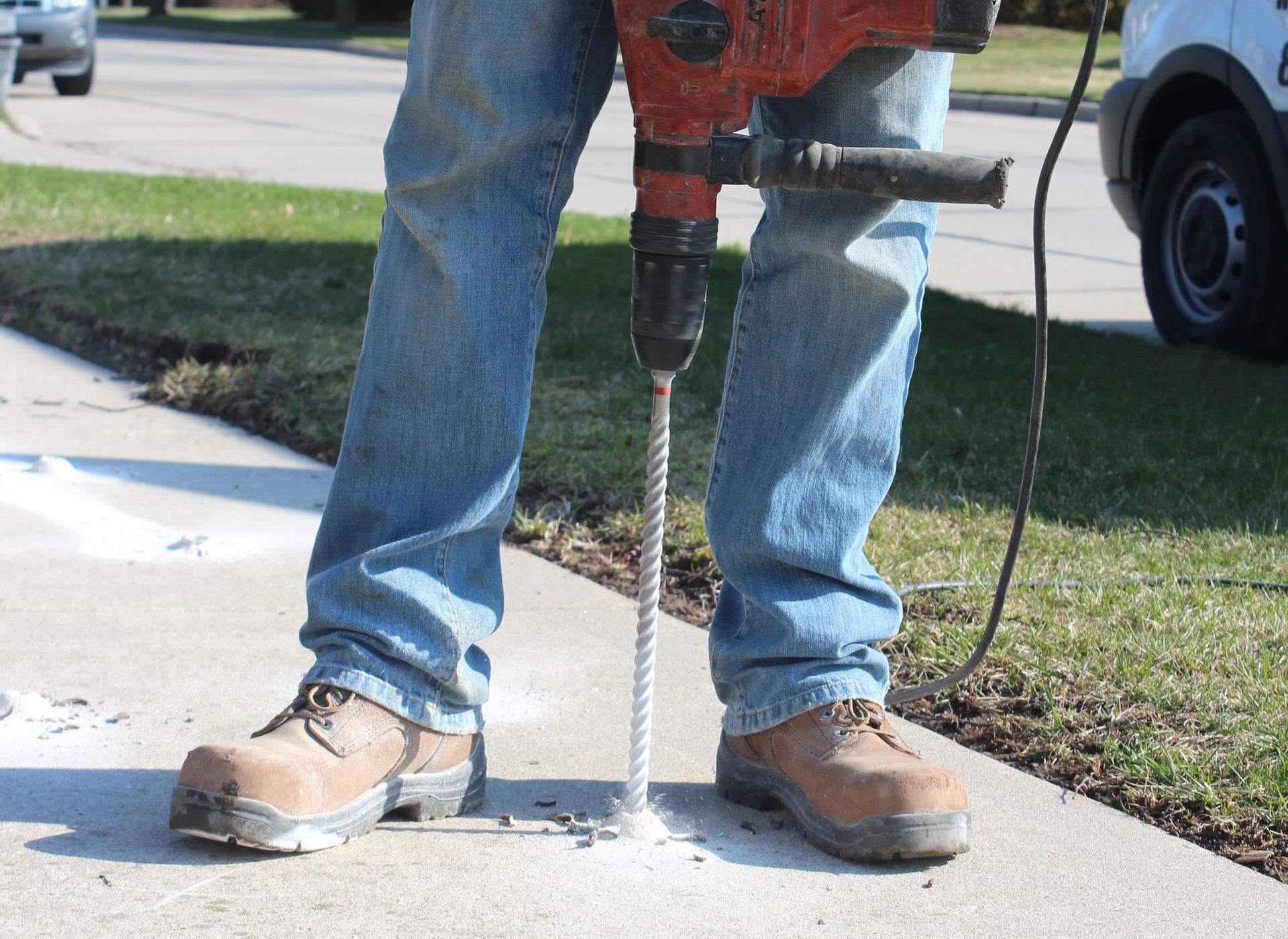
Injecting the Foam:
The expanding polyurethane foam is injected into the holes to fill gaps under the concrete. The foam expands quickly and pulls the slab back up to its original position.
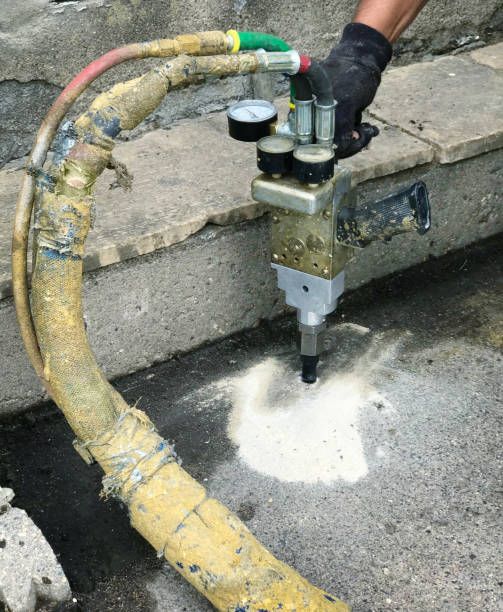
Sealing the Holes:
Once the concrete is leveled, small holes are filled and sealed.
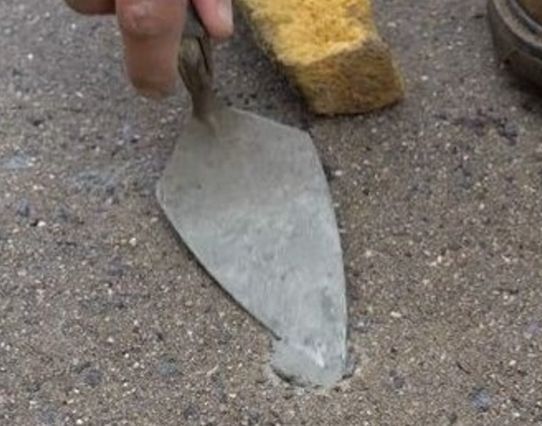
This process is fast and could be finished in hours. Unlike traditional concrete replacement that cures in days, polyurethane foam can be used in a short time.
Environmental Advantages of Using Polyurethane Foam
The environmental benefits of polyurethane foam concrete leveling include:
Waste Minimized:
Polyurethane foam concrete leveling saves time and effort by preserving and repairing existing concrete slabs instead of throwing them away. This process avoids moving heavy debris to landfills, reducing environmental impact of construction waste.
Consequently, it reduces landfill overflow and encourages resource management.
Reduction of Resource Use:
This technique saves a lot of resources by avoiding the need to produce, transport and install new concrete. Concrete production through mining raw materials and energy intensive processes is a major cause of environmental degradation.
Polyurethane foam can be an option which saves raw materials and also lessens the ecological impact of building materials.
Less Energy Consumption:
Compared to the large amounts of energy needed to demolish and replace concrete, foam leveling requires little equipment, such as pumps and hoses and uses much less energy.
Furthermore, the lightweight and efficient nature of the foam reduces fuel consumption during transport further reducing emissions and energy demand.
Longer Lifespan:
Polyurethane foam is also resistant to moisture, pests, and erosion - factors that can compromise traditional repair methods. It increases the life of existing concrete, making repairs and replacements less frequent and reducing the overall environmental impact over time. Its resilience makes it more sustainable and long-term to maintain infrastructure.
All of these combined advantages make polyurethane foam concrete leveling an environmentally friendly option for homeowners and businesses. With this new technique, people and organizations can support sustainable practices, lower their carbon footprint and make a greener world.
Benefits of Polyurethane Foam Over Concrete Replacement
Concrete replacing is costly, time-consuming and labor-intensive. The benefits of polyurethane foam leveling over replacement are as follows:
Faster Process:
Concrete replacement can take days, but foam leveling can be done in a few hours. This accelerated timeline causes less downtime for homeowners and businesses and less disruption to daily activities. The faster completion also means faster project turnover which is particularly beneficial for commercial properties with high foot traffic.
Cost-Effective:
Since no new concrete is needed, material and labor costs are greatly reduced. The savings in materials and man-hours make foam leveling a budget-friendly option for property owners.
Additionally, the cost savings from avoiding demolition and disposal fees associated with concrete removal make this method attractive for large-scale projects.
Less Invasive:
No big equipment needed to demolish old concrete. Only small drill holes are required for the foam injection process. This minimally invasive approach preserves landscaping and adjacent structures without the need for costly post-project restoration.
It also keeps areas around the property, like gardens, driveways and pathways, relatively untouched.
Immediate Use:
Unlike fresh concrete, which requires a short curing time, polyurethane foam hardens in a flash and the area can be used immediately. This quick hardening is ideal for high traffic areas such as sidewalks, driveways and commercial floors where downtime can be costly. No waiting period means property owners can return to normal use of the area within hours.
All of these benefits make foam leveling faster, more efficient and less environmentally harmful than replacement.
Durability and Lifespan of Polyurethane Foam Concrete Leveling
The material polyurethane foam is tough and long lasting. When injected beneath the concrete, the foam hardens into a base that is firm and stable. This base will not wash away or break down due to water, chemicals or natural soil erosion.
Polyurethane foam concrete leveling can last 10 to 20 years or more if properly installed. Unlike mudjacking, which uses heavy, unstable slurry that shifts over time, polyurethane foam holds the slab in place for years.
Do Rodents Eat Polyurethane Foam?
A common concern is whether rodents will chew through polyurethane foam. The great news: polyurethane foam isn't a rodent food source. It's a dense, nonorganic material which doesn't attract animals like mice, insects or rats.
Whereas rodents may gnaw on wood, insulation, or other softer materials, polyurethane foam is thicker and resistant to pests. But in case an area is already tainted by rodents, they might try to chew through anything in their path, but this is unlikely under normal circumstances.
Polyurethane Foam Concrete Leveling vs. Replacing Concrete
When comparing foam leveling to concrete replacement, it’s clear that polyurethane foam is the better option for many reasons:
| FEATURE | FOAM LEVELING | CONCRETE REPLACEMENT |
|---|---|---|
| SPEED | 1-4 HOURS | DAY TO WEEKS |
| COST | 50% LESS | HIGHER (LABOR, DISPOSAL, & MATERIAL) |
| ENVIRONMENTAL IMPACT | NO WASTE | HIGH (CONCRETE WASTE) |
| DISRUPTION | VERY LITTLE | SIGNIFICANT DEMOLITION |
| DURABILITY | VARIES (2-10+ YEARS) | VARIES |
Why Choose Polyurethane Foam Injection?
If you’re looking for an effective, sustainable way to repair uneven concrete, polyurethane foam injection is an excellent option. It offers:
- Eco-Friendliness: Reduces waste, requires fewer resources, and avoids landfill disposal.
- Cost Savings: Significantly cheaper than replacing the entire slab.
- Speed and Efficiency: Minimal disruption, faster process, and immediate usability.
- Durability: Long-lasting support for your concrete.
This method is perfect for homeowners, commercial properties, and municipalities seeking a sustainable way to repair roads, sidewalks, driveways, and foundations.
FREQUENTLY ASKED QUESTIONS
How long does polyurethane foam leveling take?
- The time of polyurethane foam leveling is typically 1 to 3 hours, depending on the project size, the depth of settlement or sinking and site accessibility. Smaller projects like leveling a small sidewalk slab may take less than an hour and larger projects like raising an entire driveway or patio may take several hours.
Can the foam be used in wet conditions?
- Yes, polyurethane foam could be utilized in wet conditions. This is an advantage over traditional concrete or mudjacking which may not bond or cure properly when moisture is present. Polyurethane foam is water-resistant and can move water in voids to form a firm base in moist areas.
Is the foam injection process noisy?
- No, the polyurethane foam injection is pretty quiet. The noise is mainly from the light drilling that is necessary to make small access holes in the concrete. This drilling typically produces less noise than larger-scale construction equipment used in traditional methods.
How long does polyurethane foam last?
- Polyurethane foam is tough and long lasting. It could last ten to twenty years or more depending on environmental conditions and install quality. The foam resists water, erosion and pests, unlike other materials that degrade or wash away over time.
Conclusion
Polyurethane foam concrete leveling is a modern, eco-friendly way to repair sunken concrete. It eliminates waste, saves resources and comes with a durable and long lasting solution. Whether you're repairing driveways, sidewalks or foundations, foam leveling is an environmentally friendly option.
You have no more Humanizer words left. Upgrade your Surfer plan.
Call For An Estimate!
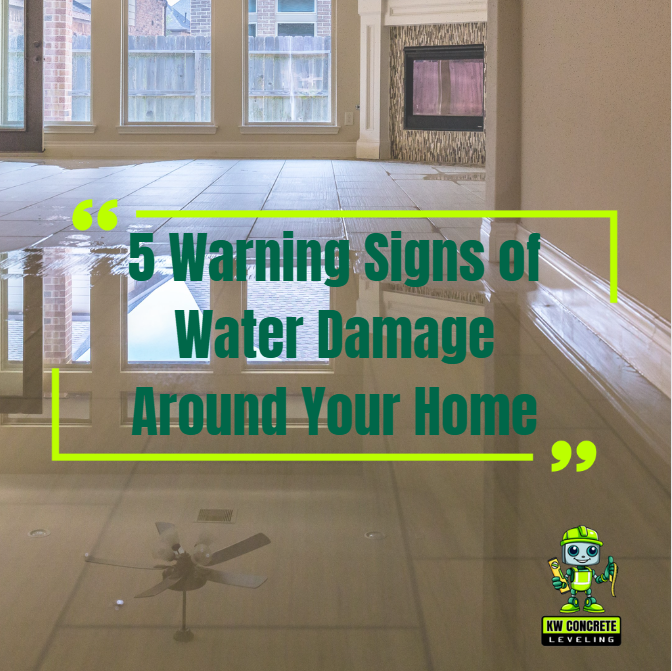
Quick Links
Contact Details
Phone: 314-661-5440
Location: St. Louis Missouri
Hours:
- Mon - Fri
- -
- Sat - Sun
- Closed
Privacy Policy | Terms & Conditions
All Rights Reserved | KW Concrete Leveling in St. Louis
